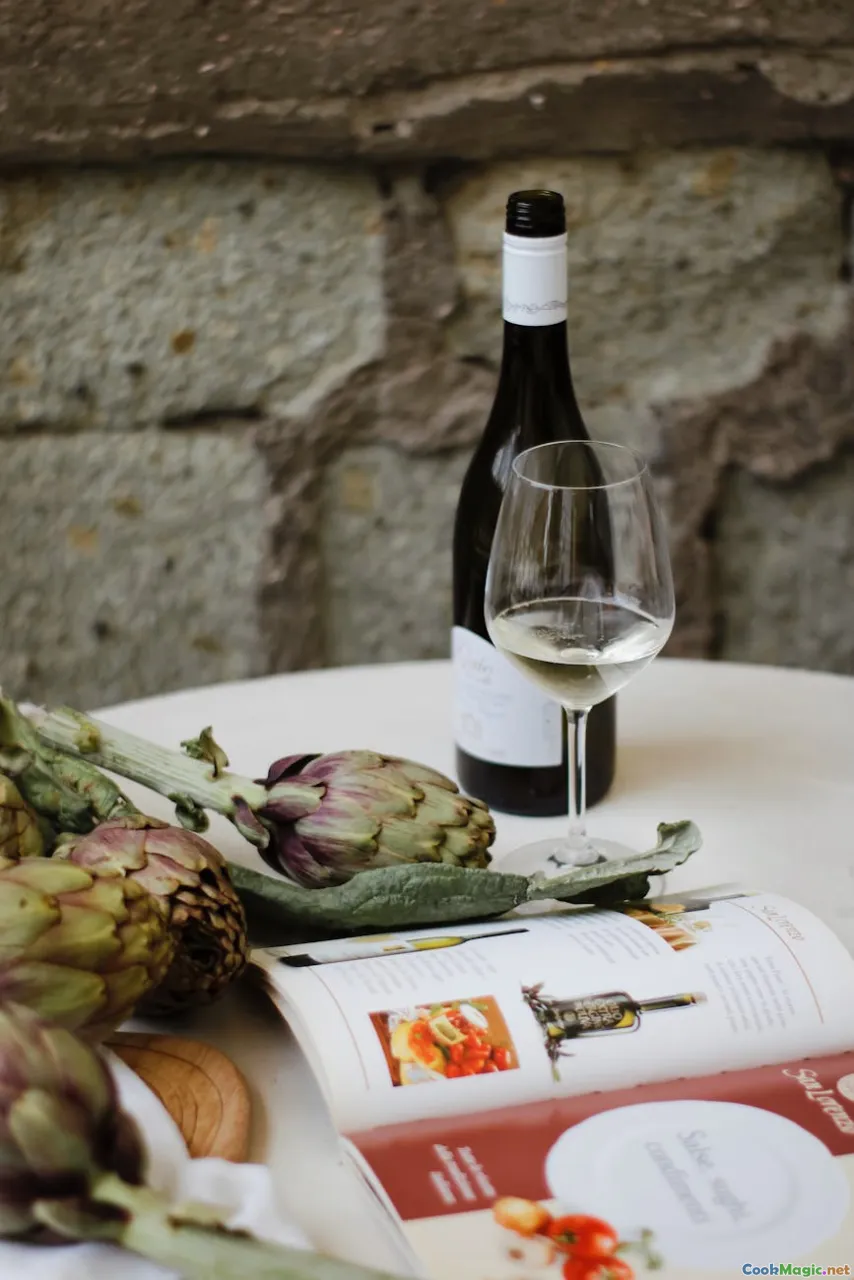Preserving Papuan Food Traditions in Modern Cuisine
7 min read Discover how Papuan food traditions are being preserved and reimagined in modern cuisine, blending ancient flavors with contemporary innovation. April 23, 2025 03:55
Preserving Papuan Food Traditions in Modern Cuisine
Imagine standing amidst the lush, untamed rainforests of Papua, where the air is thick with the aroma of roasted sago, smoked fish, and exotic spices. This vibrant tapestry of flavors and traditions has been woven over centuries, passed down through generations of Papuan communities. Yet, as the world rapidly modernizes, the question arises: how can these age-old food practices survive, adapt, and thrive in contemporary culinary landscapes?
This is a story of resilience, cultural pride, and innovative spirit—an exploration of how Papuan food traditions are being preserved and reimagined in modern cuisine. It’s a journey that celebrates the authenticity of indigenous flavors while embracing the creative possibilities of new culinary techniques.
The Cultural Significance of Food in Papua
Papuan cuisine is far more than sustenance; it’s a reflection of identity, history, and social cohesion. Food is intertwined with rituals, storytelling, and community gatherings. For example, the sago palm, native to Papua, is considered the staple of life—its starch forms the foundation of many dishes such as papeda, a sticky, glue-like porridge that is both humble and sacred.
Traditional methods—like pounding, fermenting, and smoking—are not just cooking techniques but rituals that honor ancestors and nature. These methods preserve flavors and nutrients, ensuring that each bite carries the essence of Papua’s rich biodiversity.
The Role of Indigenous Ingredients
Papua’s unique flora and fauna provide an array of ingredients unavailable elsewhere. From the sweet, nutty flavor of tunafish caught fresh from the surrounding seas to the earthy, smoky taste ofkaya (a type of wild yam), these ingredients are vital to the cultural palate.
The use of wild herbs, banana leaves, and coconut milk further enhances the sensory experience—each dish tells a story of survival, adaptation, and harmony with nature.
Challenges Facing Preservation
Despite its richness, Papuan culinary heritage faces threats from globalization, urbanization, and the erosion of indigenous practices. Younger generations, drawn to urban centers and modern lifestyles, often see traditional cooking as outdated.
Moreover, commercial interests tend to favor mass-produced, processed foods, threatening the authenticity of local ingredients and recipes. The delicate balance between maintaining tradition and embracing progress is a challenge that many communities are striving to navigate.
Modern Innovations: Breathing New Life into Old Recipes
Fortunately, innovative chefs and food enthusiasts are stepping up to bridge the gap between tradition and modernity. Here are some inspiring ways Papuan food is being preserved and transformed:
1. Reviving Traditional Techniques with a Contemporary Twist
Chefs are experimenting with methods like Sous-vide to gently cook seafood, sealing in flavors while maintaining tenderness. Smoking techniques are being refined using modern equipment, enhancing the depth of smoky aroma without overpowering the natural taste.
2. Fusion and Cross-Cultural Influences
In urban centers like Jayapura, restaurants are serving Papeda infused with lemongrass and ginger, paired with locally sourced grilled fish and vibrant tropical salads. These dishes retain their roots but appeal to a broader palate.
3. Farm-to-Table Movement and Local Sourcing
Many chefs now prioritize ingredients from local farmers and foragers, ensuring freshness and supporting the community. This approach not only preserves traditional ingredients but also boosts local economies.
4. Educational Initiatives and Cultural Festivals
Community-led workshops and food festivals celebrate Papuan cuisine, teaching young people about their culinary heritage. These events foster pride and inspire innovation rooted in tradition.
Personal Stories: Guardians of Tradition
I had the privilege of visiting remote villages in Papua, where elders shared stories behind their recipes. One such story was about Sago Lemang, a fermented sago dish prepared during harvest festivals. The elders explained how the fermentation process, passed down over generations, creates a distinctive tang that symbolizes community harmony.
In another instance, a young chef named Rani, inspired by her grandmother’s recipes, combines traditional smoked fish with avocado and lime, creating a fusion dish that honors her heritage while appealing to modern tastes. Her story exemplifies how passion and respect for tradition can create culinary bridges.
The Future: A Delicate Balance
Preserving Papuan food traditions in modern cuisine is more than a culinary effort; it’s a cultural imperative. The future lies in education, innovation, and community engagement. By documenting recipes, supporting local artisans, and encouraging young chefs to experiment, Papua’s culinary heritage can flourish amidst change.
Final Thoughts
Papuan cuisine is a vibrant mosaic of flavors, stories, and spirits. It teaches us that food is more than nourishment—it’s a vessel of identity and resilience. As we embrace modern culinary techniques and global influences, let us also honor and preserve these ancient traditions, ensuring they continue to inspire generations to come.
In every spoonful of papeda, every smoky bite of ikan bakar, and every fragrant herb, lies a story waiting to be told—one of survival, pride, and everlasting culture.









